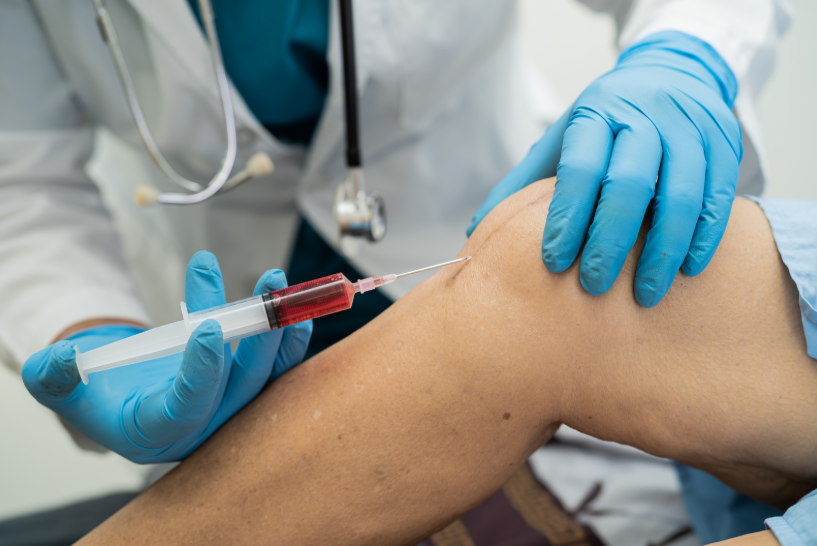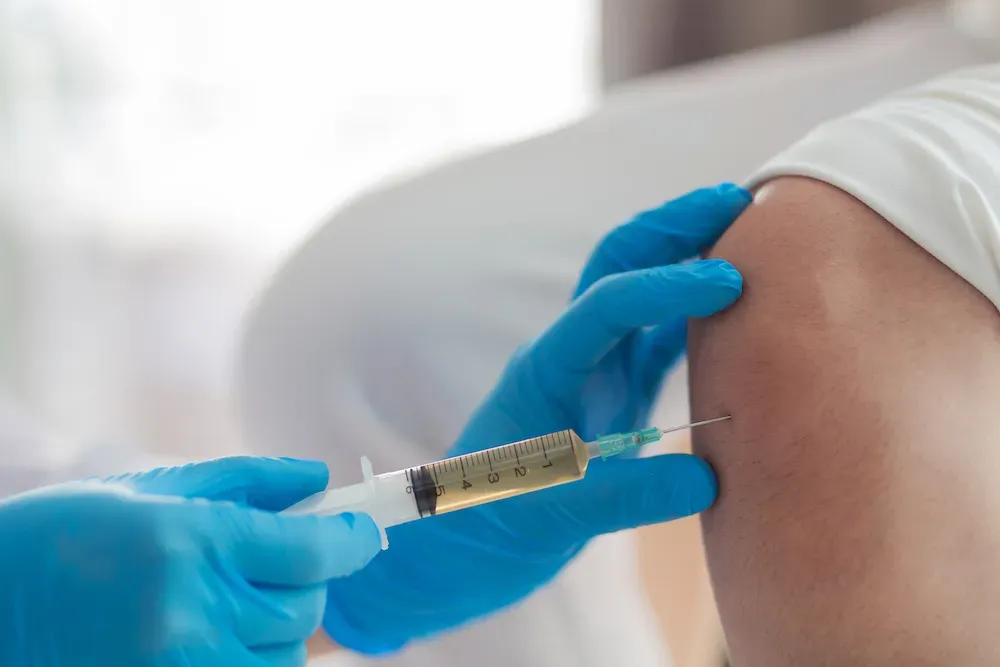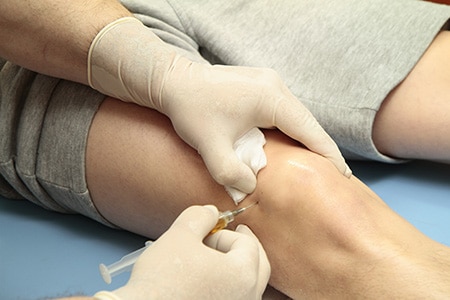Wounds caused by trauma can range from minor scrapes to deep injuries that require specialized medical attention. A trauma wound doctor plays a critical role in managing these wounds, ensuring proper healing while preventing complications. Trauma wounds, if not treated properly, can lead to infections, chronic pain, or even permanent disability. That’s why seeking care from an expert trauma wound doctor is essential for anyone experiencing significant injury to the skin or underlying tissues.
At clinics like Kalingap Wound Care Clinic in Metro Manila, the focus goes beyond just treating the wound itself. They embody a holistic, patient-centered approach guided by Filipino values such as kalinga (care) and lingap (nurture). This philosophy helps empower patients to heal fully, restoring dignity and quality of life, especially for underserved communities.
What Is a Trauma Wound Doctor?
A trauma wound doctor is a medical professional specialized in the diagnosis, treatment, and management of wounds resulting from physical injury or trauma. These wounds can be acute—such as those from accidents, falls, or surgical incisions—or chronic wounds that fail to heal properly over time. Trauma wound doctors have advanced knowledge of wound biology, infection control, and the latest treatment modalities designed to promote faster and safer healing.
The role of a trauma wound doctor is complex. It includes assessing the wound’s depth and severity, cleaning and debriding damaged tissue, prescribing appropriate dressings and medications, and sometimes coordinating surgical interventions. Their expertise significantly reduces the risk of infection, scarring, and other complications that can arise without proper care.
Common Causes and Types of Trauma Wounds
Trauma wounds come from a variety of sources. Some of the most common include:
- Accidental injuries: Cuts, abrasions, lacerations, and puncture wounds from falls, vehicle accidents, or workplace incidents.
- Surgical wounds: Incisions made during medical procedures that require precise post-operative care.
- Burns: Thermal or chemical injuries causing damage to the skin and underlying tissues.
- Pressure ulcers: Often seen in bedridden patients, these wounds develop due to prolonged pressure on certain areas.
- Infections: Secondary infections can worsen trauma wounds if left untreated.
Each type of trauma wound demands specialized care to prevent infections, promote tissue regeneration, and restore full function. The presence of complications such as diabetes or poor circulation can further complicate healing, making expert intervention from a trauma wound doctor even more crucial.
Holistic and Patient-Centered Approach in Trauma Wound Care
A trauma wound doctor doesn’t just focus on the physical wound but treats the patient as a whole. This holistic approach recognizes that emotional well-being, education, and preventive care are integral parts of successful wound management.
At Kalingap Wound Care Clinic, this approach is deeply rooted in Filipino cultural values of kalinga and lingap—which emphasize genuine care and nurturing. This means patients receive not only cutting-edge medical treatments but also emotional support and education about their wounds. This helps reduce anxiety, encourages compliance with treatment plans, and empowers patients to actively participate in their healing process.
Such a patient-centered approach improves outcomes by addressing factors like nutrition, mobility, and home wound care, ensuring that healing continues smoothly even after leaving the clinic.
Advanced Technologies and Evidence-Based Practices Used by Trauma Wound Doctors
Modern trauma wound doctors rely on a combination of advanced technologies and evidence-based practices to enhance healing. Some of these include:
- Negative pressure wound therapy (NPWT): This technique uses controlled suction to remove fluids and promote tissue growth.
- Bioengineered skin substitutes: These products help regenerate skin in severe wounds where natural healing is insufficient.
- Antimicrobial dressings: Specialized dressings that prevent infection while maintaining a moist environment conducive to healing.
- Laser therapy and ultrasound treatments: These modalities stimulate circulation and tissue repair.
Evidence-based protocols ensure that treatments are not only effective but also ethical and patient-safe. Trauma wound doctors continuously update their skills and knowledge to incorporate the latest research findings, which directly benefits patient care.
Addressing Accessibility: Affordable and Community-Focused Wound Care
Access to specialized wound care can be a significant barrier for many, especially in underserved urban areas like Quezon City and Metro Manila. Financial constraints often lead people to delay or forego treatment, which can worsen their condition.
Kalingap Wound Care Clinic actively works to bridge this gap by offering outreach programs, community partnerships, and affordability strategies. This allows more patients to receive timely, expert care without the heavy burden of cost.
By collaborating with local organizations and prioritizing underserved populations, clinics like Kalingap ensure that advanced trauma wound care is accessible to those who need it most. This model not only promotes health equity but also strengthens community resilience by empowering individuals to regain their independence and quality of life.
Patient Education and Preventive Care in Trauma Wound Management
Healing trauma wounds successfully goes beyond clinic visits. A trauma wound doctor provides thorough education on how to care for wounds at home, recognizing signs of infection, and preventing re-injury.
Education topics often include:
- Proper wound cleaning and dressing changes
- Nutritional advice to support tissue repair
- Importance of mobility and physical therapy
- When to seek immediate medical attention
Preventive care is equally critical. Patients are taught how to avoid factors that may delay healing, such as smoking, poor hygiene, and uncontrolled chronic conditions like diabetes. This proactive approach reduces recurrence and supports long-term health.
Emotional support is another vital part of care. Dealing with traumatic injuries can be psychologically taxing, and trauma wound doctors often integrate counseling or peer support to help patients navigate their healing journey with confidence.
How to Choose the Right Trauma Wound Doctor
Selecting the right trauma wound doctor is a key step to ensuring effective recovery. Important factors to consider include:
- Qualifications and experience: Look for certifications in wound care and a history of managing trauma wounds.
- Holistic care philosophy: Choose providers who focus on both the wound and the patient’s overall well-being.
- Availability of advanced treatments: Clinics equipped with modern wound care technologies offer better outcomes.
- Community engagement and support services: Providers who offer education, emotional support, and affordability options stand out.
Kalingap Wound Care Clinic exemplifies these qualities, combining expertise with Filipino compassion and a mission to serve all members of the community.
Takeaway
Expertise in trauma wound care can make all the difference between prolonged suffering and a successful, dignified recovery. A trauma wound doctor not only treats the physical injury but empowers patients through education, emotional support, and community-based care.
For those living in Metro Manila and surrounding areas, seeking treatment from compassionate, skilled professionals like those at Kalingap Wound Care Clinic ensures access to holistic, affordable, and advanced wound care. Taking timely action and choosing the right trauma wound doctor can restore health, confidence, and quality of life after injury.






